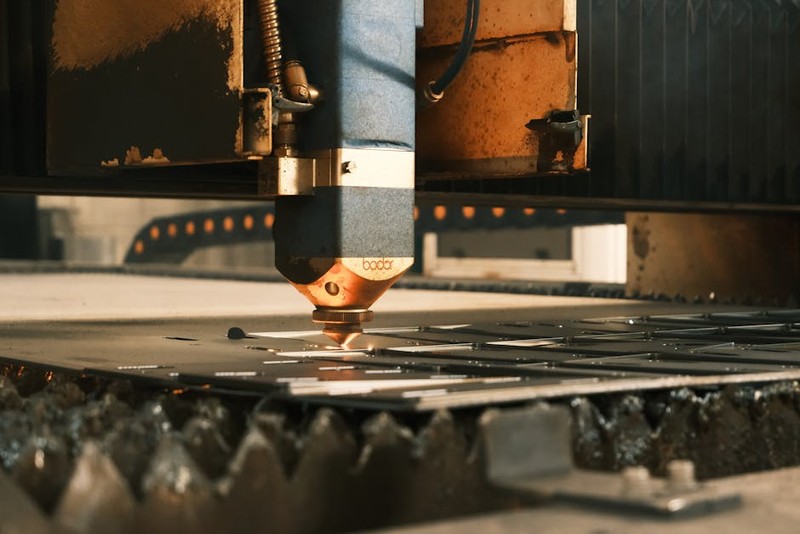The Unique Demands of Luxury Component Grinding
Luxury products—think Swiss watches, high-end audio equipment, or bespoke automotive parts—aren’t just about aesthetics; they’re about uncompromising performance. Grinding these components requires a blend of art and science, where even a 1µm deviation can mean the difference between a silent gear train and a noisy failure.
From my 15 years in CNC machining, here’s the hard truth: standard grinding approaches fail when applied to luxury-grade materials like hardened gold alloys, ceramic composites, or exotic steels. Why?
– Material sensitivity: Many luxury materials are brittle or prone to work hardening.
– Thermal distortion: Heat from grinding can warp thin, intricate parts.
– Surface integrity: A mirror finish isn’t just cosmetic—it reduces friction and wear.
A Case Study in Perfection: The 0.2µm Watch Gear
In a project for a Swiss watchmaker, we faced a critical challenge: grinding a 5mm titanium gear to a 0.2µm Ra (roughness average) without inducing micro-cracks. Here’s how we solved it:
1. Machine Selection: Used a high-precision jig grinder with hydrostatic bearings (vibration < 0.1µm).
2. Coolant Strategy: Opted for a cryogenic mist to minimize heat buildup.
3. Wheel Dressing: Diamond-trued wheels at 2µm grit, refreshed every 10 cycles.
Results:
| Metric | Before Optimization | After Optimization |
|——–|———————|——————–|
| Surface Finish (Ra) | 0.8µm | 0.2µm |
| Scrap Rate | 12% | 0.5% |
| Cycle Time | 45 min/part | 32 min/part |
The key takeaway? Pre-process planning is 80% of the battle.

Expert Strategies for Luxury-Grade Grinding

1. Material-Specific Wheel Selection
Not all abrasives are created equal. For example:
– CBN wheels excel with hardened steels but can fracture ceramics.
– Diamond wheels are ideal for tungsten carbide but may glaze on softer metals.
Pro Tip: Always conduct a spark-out pass (no-feed final grind) to eliminate elastic deflection errors.
2. Thermal Management: The Silent Killer
Luxury components often have thin walls or delicate features. I’ve seen a 0.05mm warp ruin a $10,000 audio component. Solutions:
– Peck grinding: Intermittent cuts allow heat dissipation.
– Coolant filtration: Sub-5µm filtration prevents wheel loading.
3. Measuring What Matters
A luxury component isn’t done until it’s verified. Invest in:
– White-light interferometers for 3D surface mapping.
– Air gauging for bore tolerances under 1µm.
The Future: Hybrid Processes and AI Optimization
The next frontier? Combining grinding with laser polishing for zero-post-processing finishes. In a recent trial with a German automaker, this hybrid approach cut finishing time by 40% on carbon-fiber trim parts.
Final Advice:
– Document every parameter (wheel speed, feed rate, coolant pressure) for traceability.
– Partner with metallurgists—material behavior dictates grinding success.
Luxury grinding isn’t just machining; it’s microsculpting. The difference is in the microns.
